- Thirty-six Weir of Baisha Stream, which is mainly used for water diversion and irrigation
- An ancient barrage group with functions such as flood control, water storage, and hydraulic processing in one
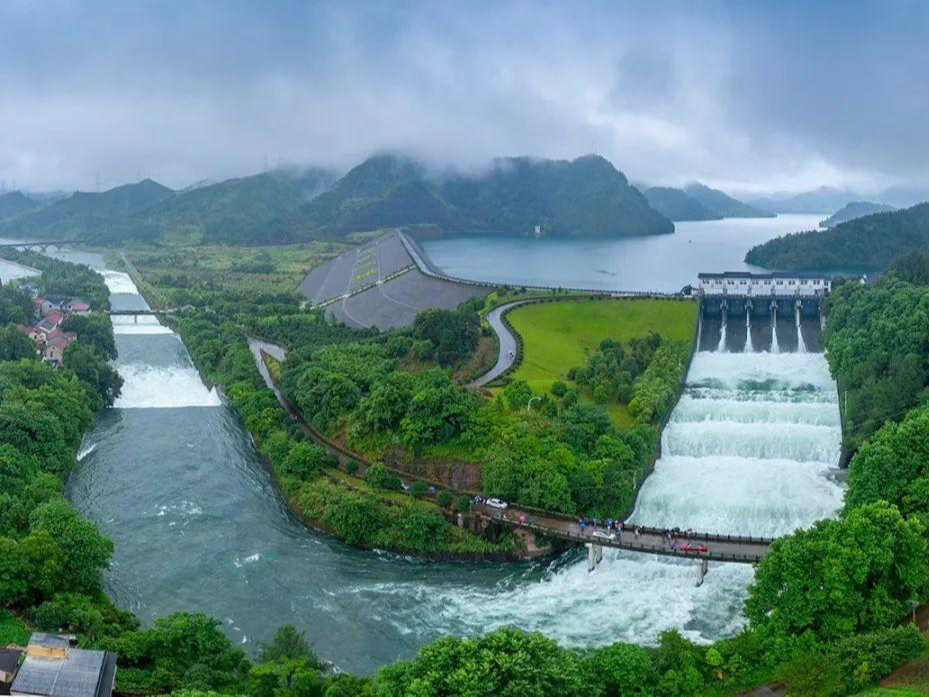
Since 2014, through the recommendation of various national irrigation and drainage committees and the review of the international jury, 23 ancient irrigation projects in China have been included in the world's irrigation engineering heritage.
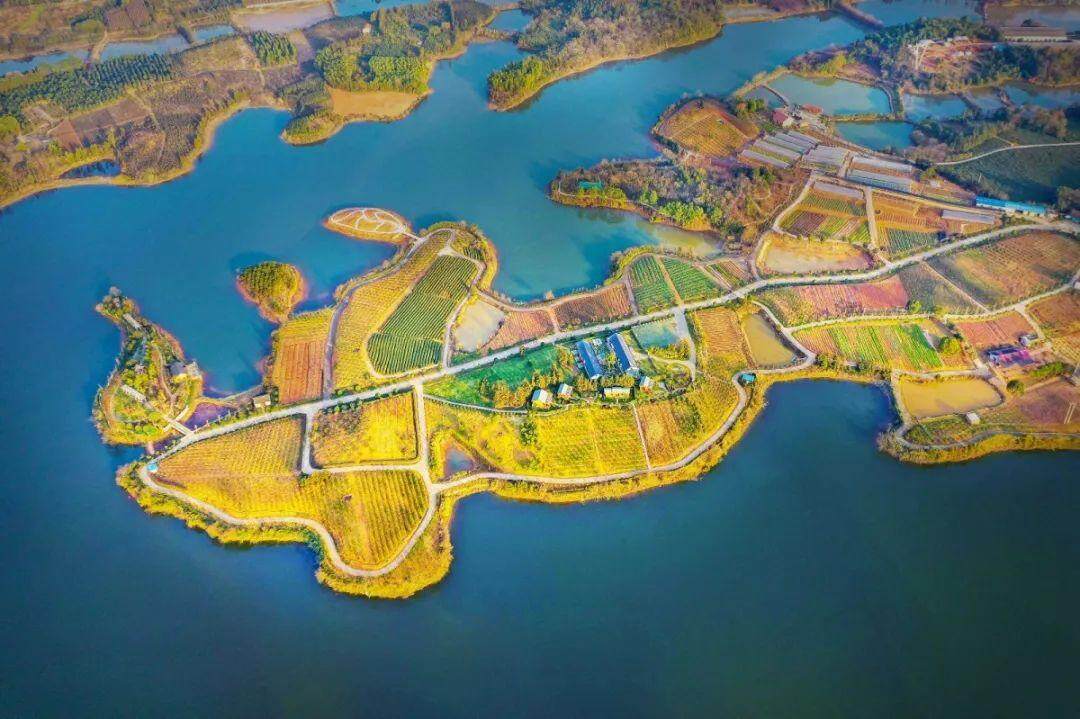
On December 8, 2020, at the 71st Executive Council of the International Irrigation and Drainage Commission held online, the 36th Weir of Baisha Stream, which was built in the Eastern Han Dynasty, was included in the seventh batch of World Irrigation Project Heritage List.
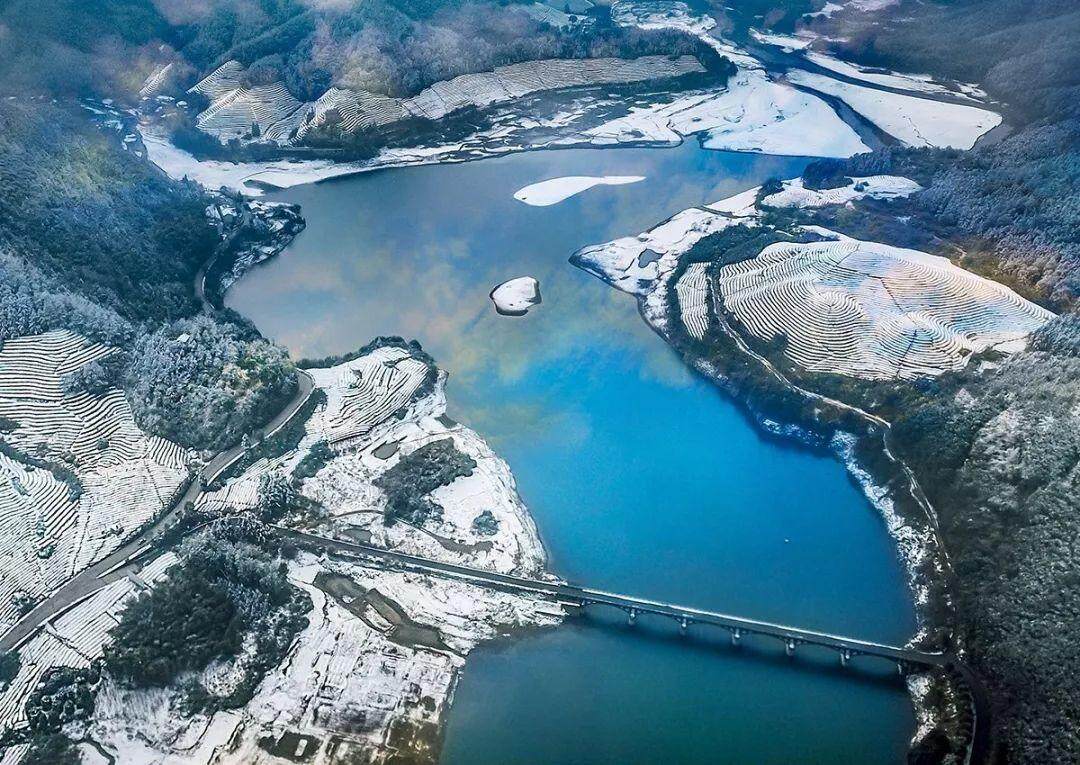
The 36th Weir of Baisha Stream, located in Jinhua City, Zhejiang Province, is an ancient group of dams that mainly used water diversion and irrigation, as well as flood control, water storage, and hydraulic processing.
According to the literature, in the third year of the Eastern Han Dynasty (27 AD), General Lu Wentai led his troops to retreat 36 people to Fucang (now Tingjiu Village, Shafan Township, Wucheng District), to observe the fertile soil. However, there were frequent droughts and floods, so the terrain was surveyed, Baisha Weir was built in Gaoru Village, and the water was diverted for irrigation. Since then, the curtain on the construction of the 36th Weir of Baisha River has been opened. Over the next hundred years, Lu Wentai and his descendants passed on the practical experience of Baishayan with the local people, and successively built weirs in Baishaxi to divert water and complete the Baishaxi from Shafanyan to Zhongji. The weir, spanning 45 kilometers, with a water level drop of 168 meters, has a total of 36 cascade weirs, and the tens of thousands of hectares of fertile fields on both sides of Baishaxi can be protected from drought and flood.
Economic Value
With the abundant grain production and the hydraulic conditions brought by the 36 weir, even the machine is widely used in grain processing. According to records, more than 120 villages in the Baishaxi River Basin have successively built more than 150 water tanks, which gave birth to Jinhua's splendid wine-making culture. During the Tang and Song dynasties, the wine brewed in the "酤fang" wine shop next to the Bailong Bridge spread far and wide, and the village still uses "酤fang" as the name of the village to this day.
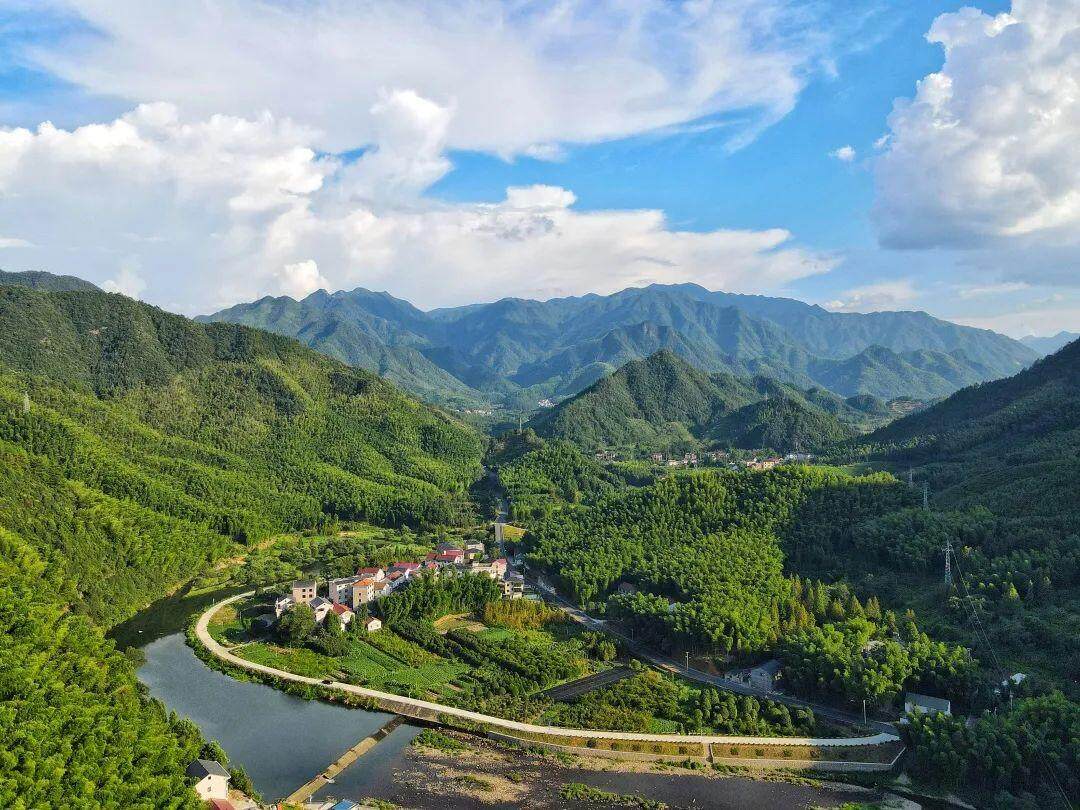
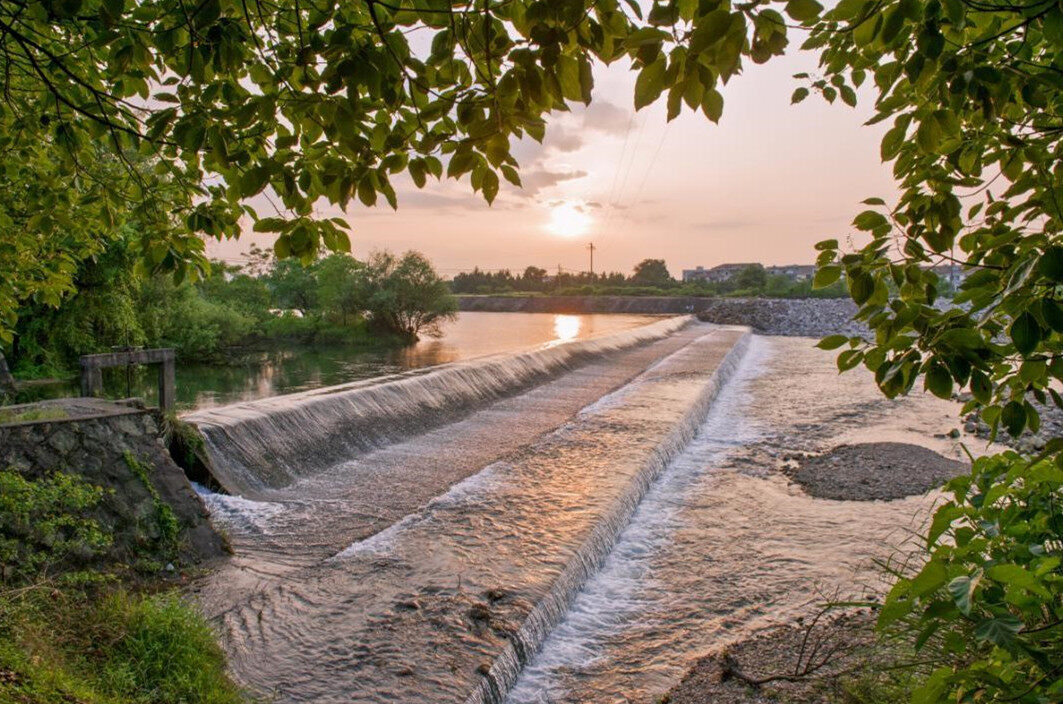
The huge benefits brought by the water diversion and irrigation of the 36th Weir of Baisha Stream have a profound impact on the region. In history, more than 6000 diversion weirs have been built following the example of the 36th Weir. Together, they have jointly promoted the central Zhejiang region to become one of the important granaries in the country. .
Human value
During the initial construction of the weir group and the reconstruction process of the past dynasties, the rich local natural resources were used to make full use of local materials, piled with pine wood, and sand and stone in a cage. The low weir shape, combined with the construction method of the cascade weir group, greatly reduces the difficulty of construction and engineering risk, and reflects the ancients' scientific concept of water management and the philosophy of harmony between man and nature.
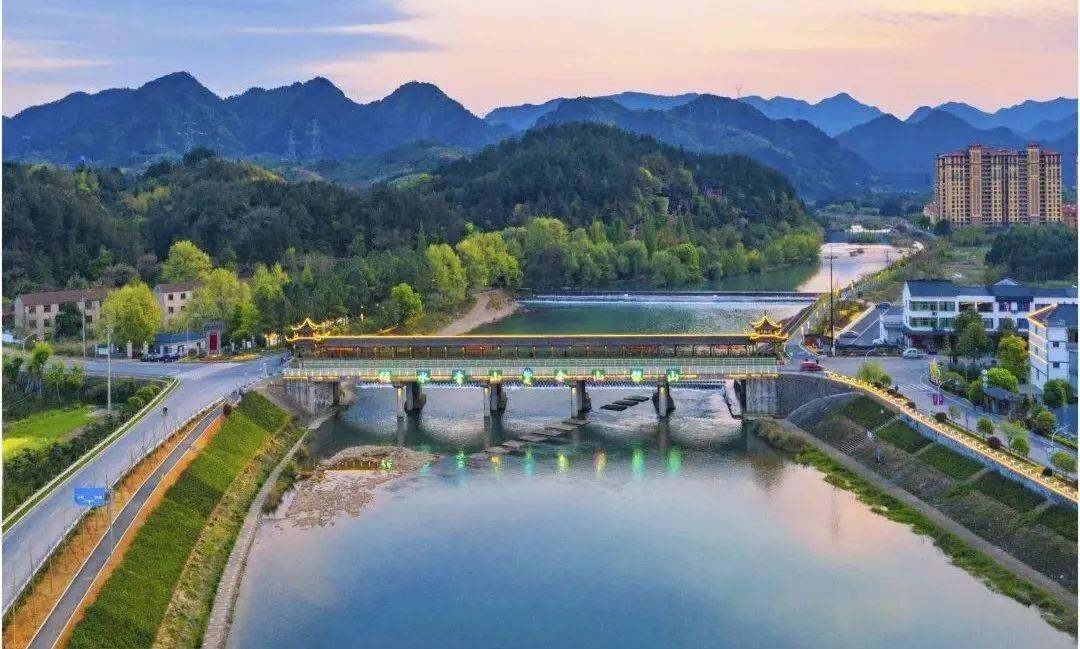
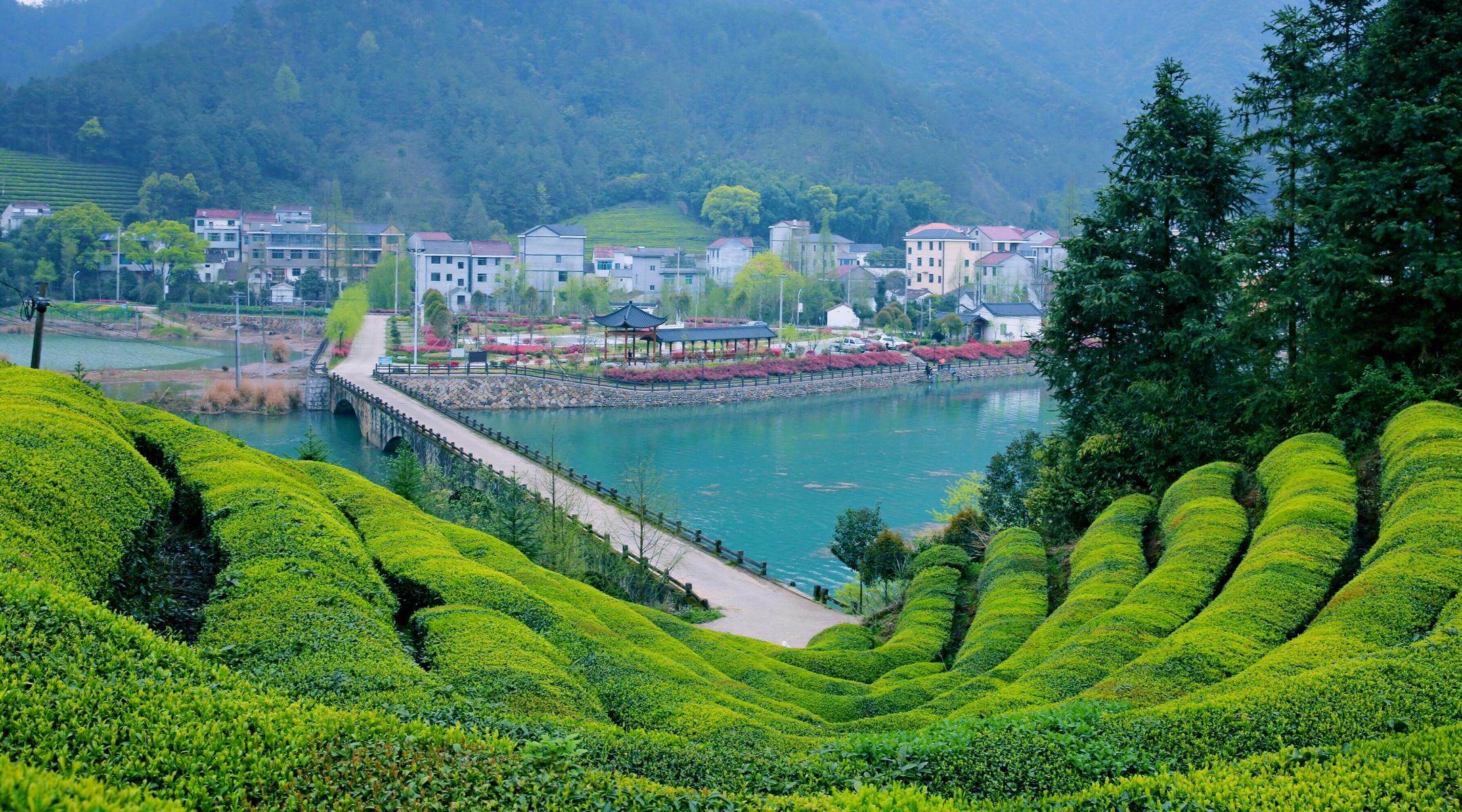
After the founding of New China, the Shafan Reservoir and Jinlan Reservoir were built on Baisha River, and some ancient weirs were permanently left at the bottom of the water. However, there are still 21 ancient weirs that continue to play the role of water diversion and irrigation, and the water supply guarantee rate has been further improved. The pools, weirs, reservoirs, canals and ponds form a complete irrigation system of the 36 weirs of Baisha River, with an irrigation area of 278,000 mu.
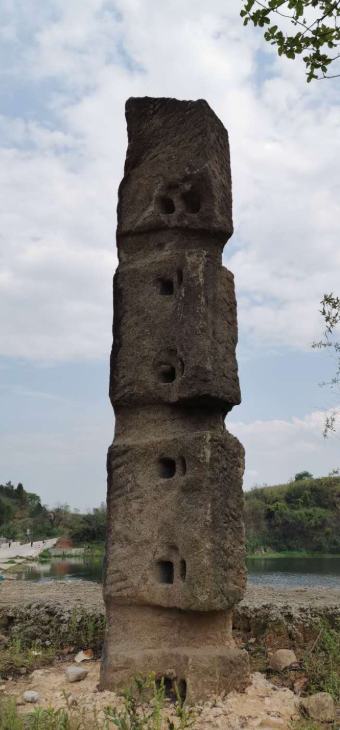
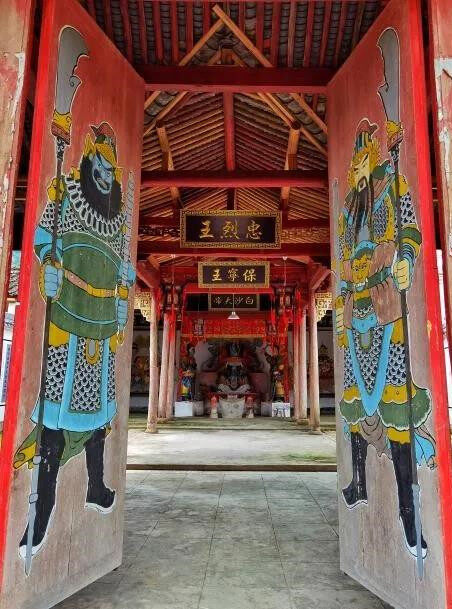
In recognition of Lu Wentai's achievements, the courts of the past dynasties chased him seven times (four times and three times). The people on both sides of the strait respected Lu Wentai Ende and cordially called him "Master Baisha", and there were as many as 100 temples enshrined. The grand temple fair held every year is a commemoration and tribute to the "Master Baisha" water control merits, as well as the continuation and inheritance of his water control spirit. The poets of the past dynasties praised the irrigation benefits of the 36th Weir of Baisha Stream and Lu Wentai's construction of the 36th Weir for the welfare of the people.
sustainable development
In the practice of water control in the past 2000 years, the wise ancestors have accumulated rich experience in management and annual repair. The government formulates the weir posts, clarifies the water rights of each weir and the responsibilities of the annual repair of the project, and guides the coordinated operation of the 36 weirs to ensure fair water use for the upstream and downstream weirs in dry months. In this "Wantan Weir Post" rebuilt in the 34th year of Guangxu of the Qing Dynasty, the layout of the canal system of the Wantan Weir Irrigation Area is clearly drawn, and the weir site, water distribution system and water diversion and irrigation plan are listed.
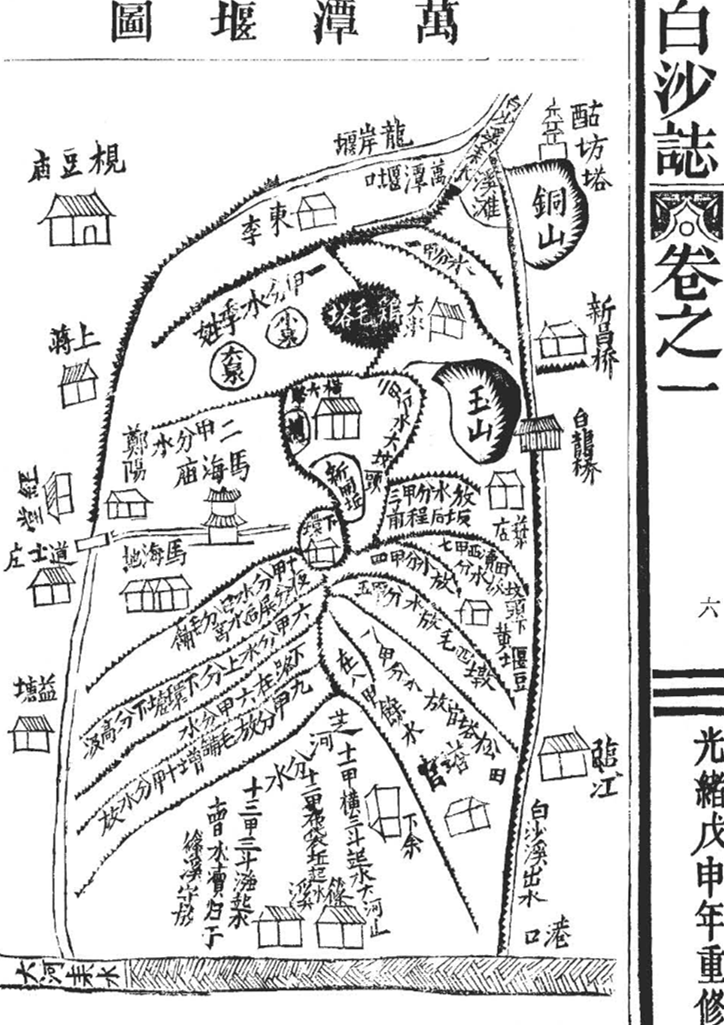
A sustainable project is necessarily a project that conforms to nature. Modern literature records that in 1957, foreign scientists discovered a form of river topography. Many continuous deep pools were naturally formed on the rivers in the mountainous area of Da Phan Province, and they were named step-deep pool system or deep pool shoal system. This system is a river. The manifestation of maturity contributes to the stability of the river bed.
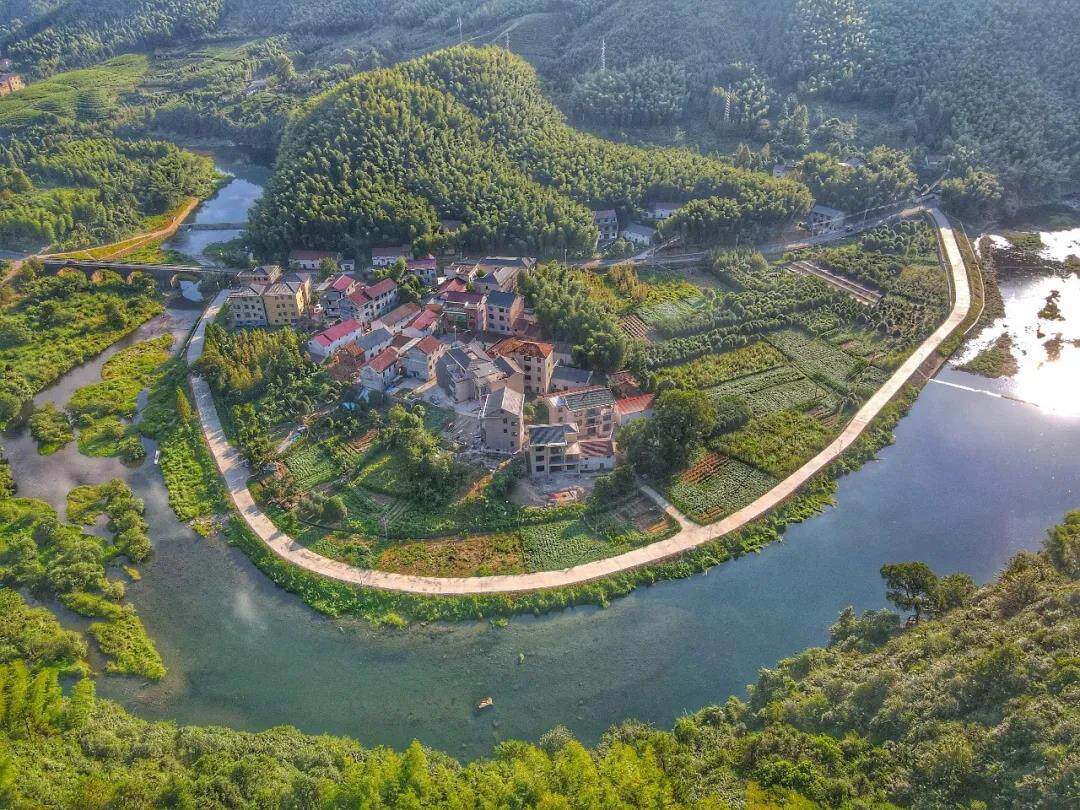
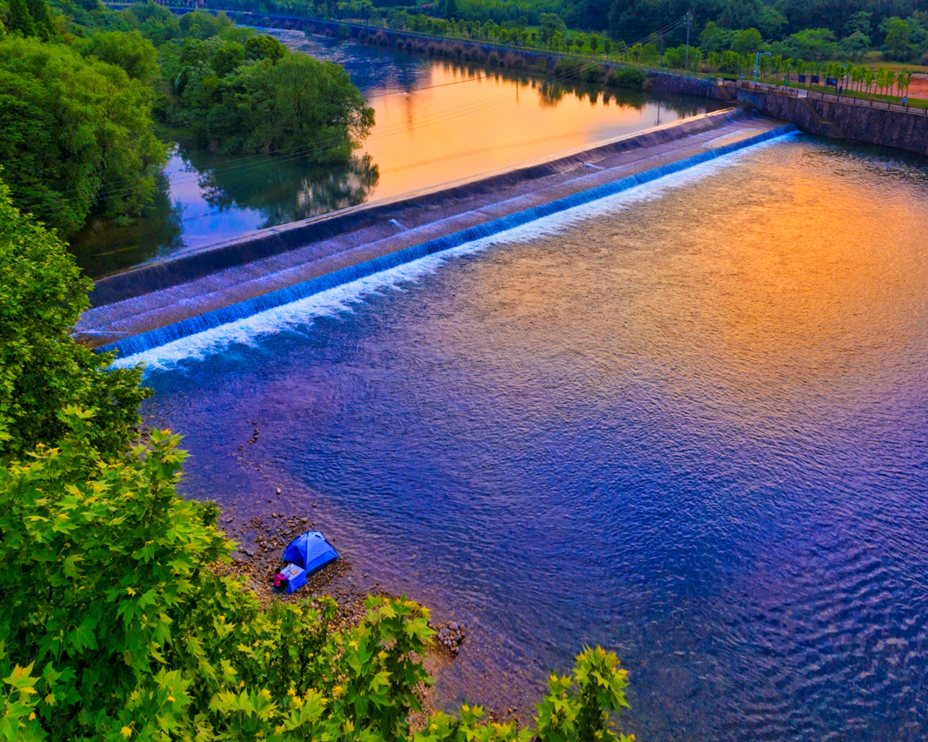
The builders of the 36th Weir actually discovered this feature of the river at the beginning of the construction and used it. There is a natural deep pool in front of most of the 36th weir, and they built weirs to divert water downstream of the pool. In this way, the depth of the pool water is increased, the hydraulic energy dissipation effect of the deep pool is improved, and the impact of hydraulic power on the weir is slowed. In the process of annual repair, the scientific "deep digging and low weir" is summed up, which both increases The water storage capacity prolongs the life cycle of the weir, and it also contributes to the stability of the river bed and the biodiversity of the river. Editor/He Yuting
Comment
 Praise
Praise
 Collect
Collect
 Comment
Comment
 Search
Search





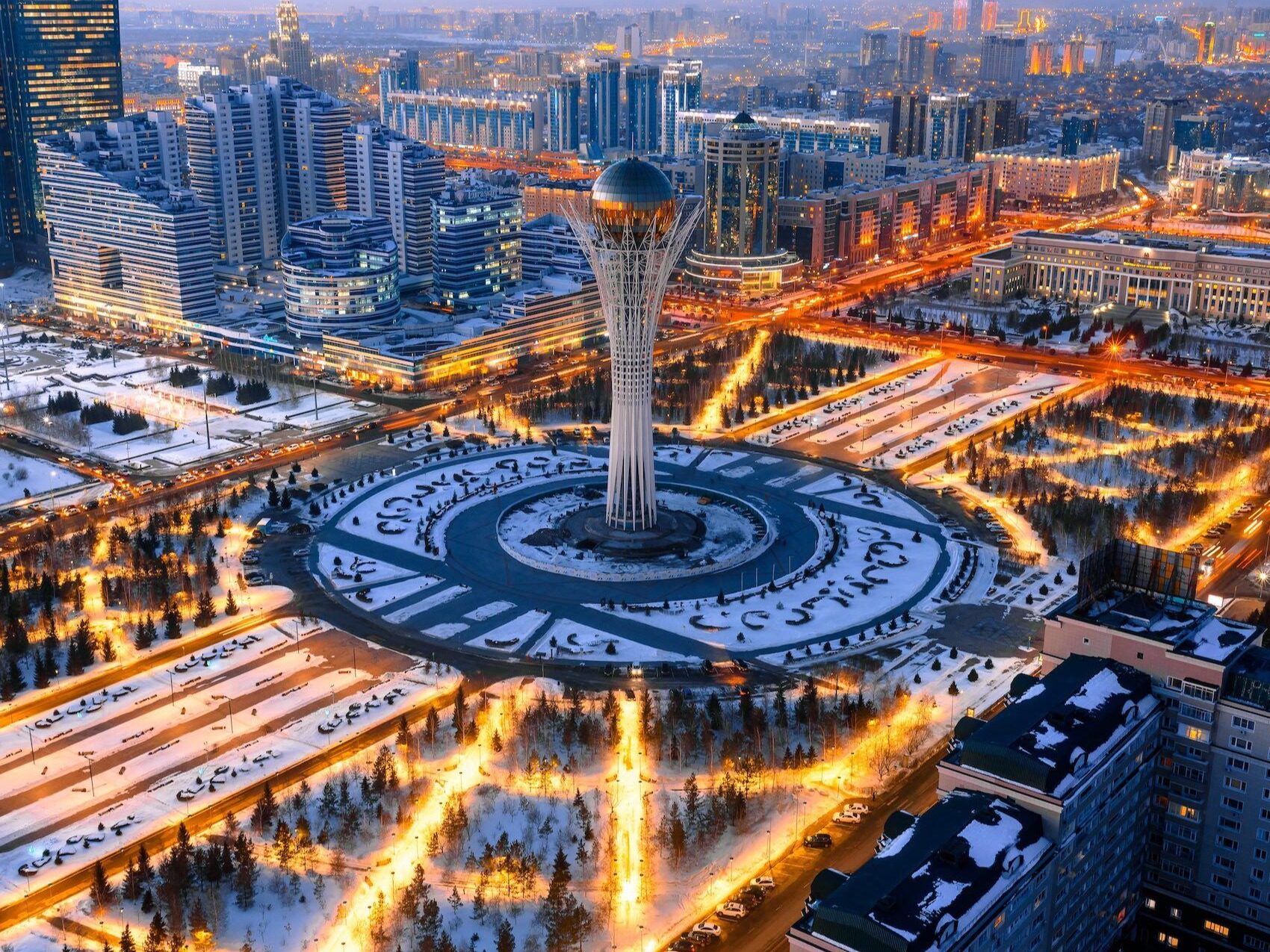
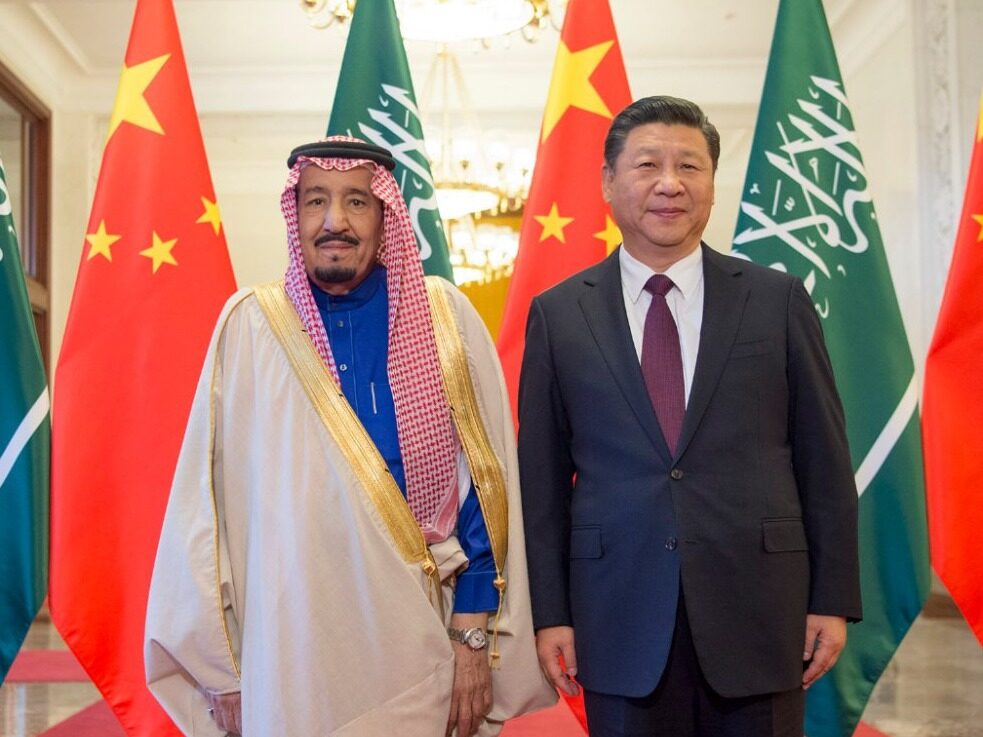







Write something~